Mark your calendars for December 10, from 1-4 pm. The house will be decorated with many of the traditional greenery and ornaments associated with Christmas. We invite you to join us for refreshments, including hot wassail.
We are happy to welcome Lisa Egan as our special guest. She is a teacher and will have several readings for children and the young at heart during the afternoon. Her attire will be Victorian.
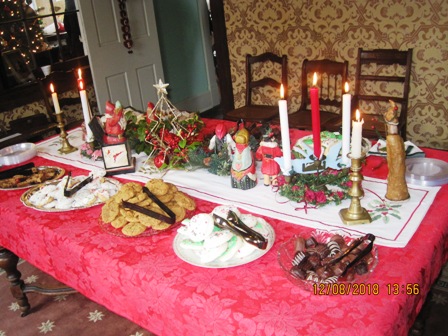
Do you wonder why we have poinsettias at Christmas? Do you wonder why Santa Claus’ “clothes were all tarnished with ashes and soot”? The following was shared with us, and we pass it along.
The Legend of the
Candy Cane
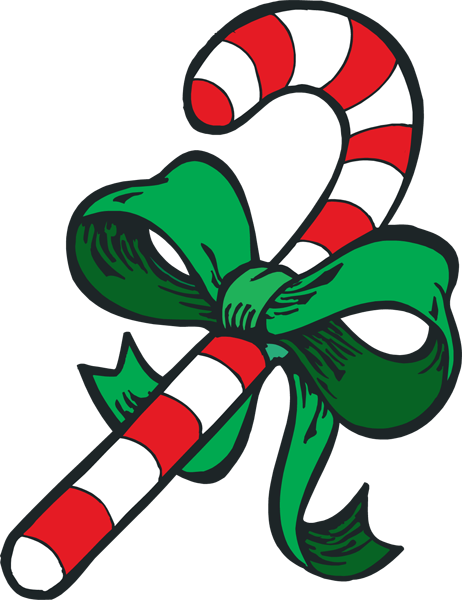
Honoring the birth of Christ was the original
inspiration for the traditional, highly symbolic
Christmas candy cane.
Upright, it’s a shepherd’s staff; upside down, it’s
the letter “J” for Jesus. White is for purity, while
the red stripes represent the blood of Christ. One
bold stripe is for belief in one God; the three fine
stripes represent the Holy Trinity.
Candy canes were first made in 1672, mentioned
in association with Christmas in 1874, and first
hung on trees in 1882. The earliest patent for a
candy cane machine was 1920.
Ivy

Ivy is a plant more closely
associated with Christmas in
England than in America. It is
considered to be a symbol of
eternal life. Christian symbolism relates ivy’s
need to cling to a support to man’s need for
divine support.
Christmas Cactus
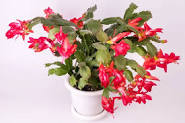
A native of the South American
jungle, the Christmas cactus is a
popular seasonal plant. Its tendency to flower
just before the winter solstice makes it a natural
choice for holiday displays. Available in colors
from white to rich red to salmon to bright
fuschia, this plant will brighten the dreariest of
winter days.
Christmas Rose
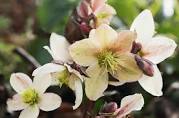
Named for its tendency to bloom in late
December or early January, the Christmas rose is
not a true rose.
One story about this flower takes place in the
Goinge Forest of Sweden. It tells of a Christmas
Eve when an abbot and a skeptical monk walked
through the forest. Magically, all the trees were
in full leaf, all flowers were in bloom, and the
birds were singing. The doubting monk was
convinced that this was a work of evil. In return
for his skepticism, the miracle ended, and only
the Christmas roses were left in bloom.
Poinsettia

Called the “Flor de la Noche
Buena” in its native Mexico, this
“Flower of the Holy Night” was
brought to America over 100 years ago. It is
named for Dr. Joel Poinsett, our first ambassador
to Mexico.
One legend of this popular holiday plant
describes a poor peasant girl who left the church
on Christmas Eve, weeping because she had no
gift to lay on the altar for the Christ Child. An
angel appeared and told her that any gift, when
given with love, would be acceptable. She
gathered some weeds from the side of the road
and placed them on the alter. They were
transformed by miracle into the bright red
flowers of today.
Mistletoe

Almost everyone is familiar with
the custom of kissing under the
mistletoe. This practice has its roots in the myths
of Scandinavia. Legend says that the god Baldur
was killed by an arrow made from mistletoe. The
tears of his mother, Frigga, goddess of Love and
Beauty, became the white berries of the
mistletoe. Balder’s life was restored, and Frigga
is said to have kissed anyone who passed under
the mistletoe.
The Druids believe this plant could bestow health
and good fortune. In Wales, a good mistletoe
crop is said to foretell a good crop the following
season. In some parts of England, Christmas
mistletoe is burned on Twelfth Night, lest all the
boys and girls who kissed beneath it never get
married.
Holly

Holly is one of the oldest plants to be associated
with the holiday season. All over the world it is
steeped in tradition. In Germany, a sprig of holly
that has been used in a church decoration is
considered to protect against lightning. British
farmers put sprigs of holly on beehives because it
is believed on the first Christmas the bees
hummed in honor of the Christ Child. A sprig of
holly on a bedpost is said to bring sweet dreams.
St. Nicholas
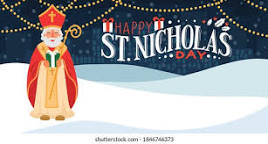
St. Nicholas is the gift-bearer for children.
The people of Germany believe that on the
night of December 5th, the eve of his feast
day, St. Nicholas goes from house to house
with his “Book of Sins.” For those children who
have been good throughout the year, gifts are left
in the shoe or boot that has been left by the
fireplace. For those who have not been so good,
they can expect to see a boot full of twigs.
The tradition of gift-giving is based on the story
in which he generously gave the entire
inheritance left him by his wealthy parents to the
poor and protected them from the cold and
hunger.
Shopping Mall Santas

Gift-giving has been an important
part of holiday celebrations.
Stores began to advertise Christmas
shopping in 1820, and by the 1840s
newspapers were creating separate sections for
holiday advertisements, which often featured
images of the newly-popular Santa Claus. In
1841 thousands of children visited a Philadelphia
shop to see a life-size Santa Claus model. It was
only a matter of time before stores begin to
attract children with the lure of a peek at a “live”
Santa Claus.

In the early 1880s, the Salvation Army needed
money to pay for the free Christmas meals they
provided to needy familues. They began dressing
up unemployed men in Santa Clause suits and
sending them into the streets of New York to
solicit donations. Those familiar Salvation Army
Santas have been ringing bells on street corners
ever since.
In 1822, Clement Clarke
Moore, an Episcopal
minister, wrote a long
Christmas poem for his three
daughters entitled “An
Account of a Visit from St. Nicholas.”
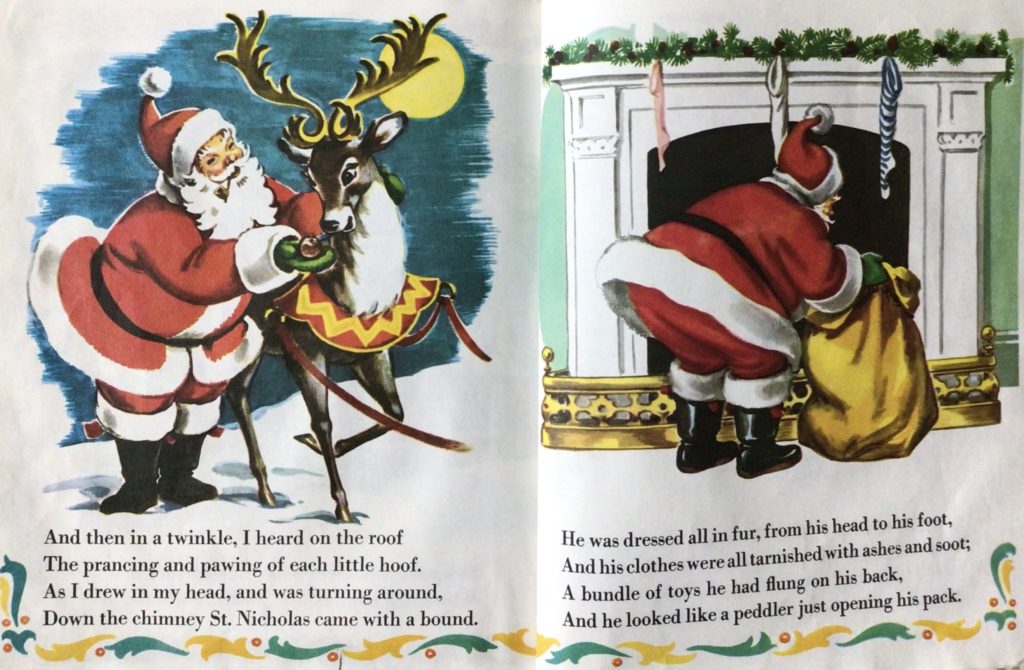
Moore’s poem, which he was initially hesitant to publish
due to the frivolous nature of the subject, is
largely responsible for our modern image of
Santa Claus as a “right jolly old elf” with a
portly figure and the supernatural ability to
ascend a chimney with a mere nod of his head
and fly from house to house in a sleigh led by
eight reindeer.
In 1881, political cartoonist Thomas Nast drew
on Moore’s poem to create the first likeness that
matches our modern image of Santa Claus.
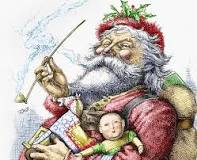
His cartoon depicted Santa as a rotund, cheerful man
with a full white beard, holding a sack laden with
toys for lucky children. It is Nast who gave
Santa his bright red suit trimmed with white fur,
a North Pole workshop, elves, and his wife, Mrs.
Claus.

